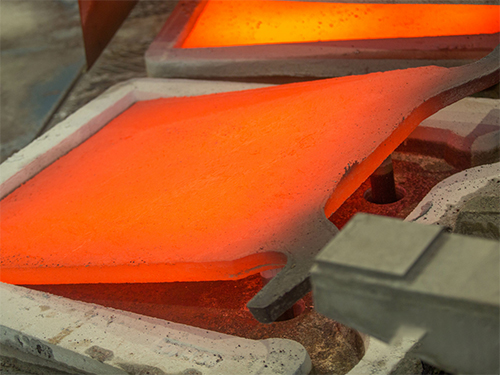NEWS&EVENTS
Home > News&Events > Company news > Overview of technical methods of pyrometallurgical copper smelting
In recent years, the world's copper smelting technology has made great progress. Currently, more than 80% of the world's copper is produced through pyrometallurgical smelting processes. Especially copper sulfide ores are basically treated by fire. The main advantages of fire treatment of copper sulfide ore are that the sulfide concentrate can serve as fuel during the reaction process; the reaction process is highly efficient at high temperatures, the smelting speed is fast, and the sulfur in the sulfide ore can be fully utilized; the production capacity is high, and the metal is rich in the production process. It has a high degree of concentration and can adapt to the requirements of large-scale industrial production. The pyrometallurgical copper smelting process mainly includes the following four links: matting and smelting of copper concentrate - blowing of copper matte into blister copper - pyrometallurgical refining of blister copper - electrolytic refining of anode copper.
